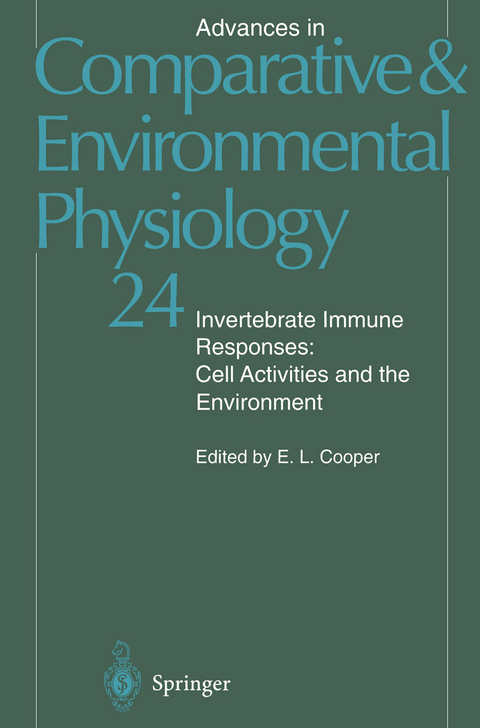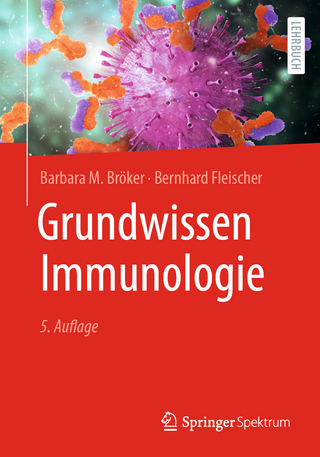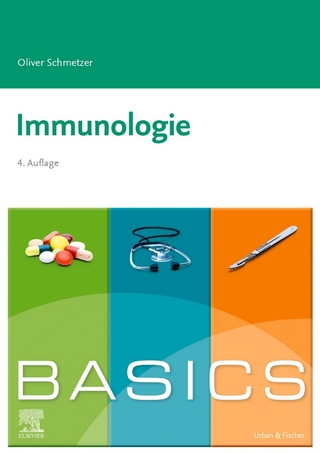
Invertebrate Immune Responses
Cell Activities and the Environment
Seiten
2011
|
1. Softcover reprint of the original 1st ed. 1996
Springer Berlin (Verlag)
978-3-642-79849-8 (ISBN)
Springer Berlin (Verlag)
978-3-642-79849-8 (ISBN)
E. L. Cooper In Volume 23 we considered, in seven chapters, the basic armamentarium of the invertebrate immune system and its cells, as well as an analysis of antigens, setting the stage for the initiation of an immune response. We studied cell products, natural or induced, as revealed by nonspecific and specific responses following antigenic challenge such as the pro phenol oxidase system, the lytic responses, the Ig superfamily, and the place this family offers invertebrates and insect hemolymph proteins as candidates for membership. At this point, these various topics seemed to converge, almost to overlap, in some instances, presenting a challenge as to how to move from one subject to another. Chapter 1, in this volume offers the bridge to Volume 23 and its final Chapter 7. This Volume 24 contains contributions pertaining to cell activities and the environment. Chapters 1-4 refer specifically to interactions between cells and the integration of cell activities. The focus is on a functional immune system, with antigenic challenge as a subtopic. In Chapters 5-7, the environment is considered from several points of view and the main subtopic here is the result of the consequences of connections and missed signals. The internal and external environments are treated, revealing what may happen when normal immune responses are interfered with. All this is integrated by the consideration of the three great regulatory systems, the ever-present network that somehow acts as the monitor or control for all incoming and outgoing signals.
Interactions Between Cells and Integration and Cell Activities: A Functional Immune System After Antigenic Challenge.- 1 Comparative Biology of the ?2-Macroglobulin-Based Immune System.- 2 Evidence for Invertebrate Inflammatory Cytokines.- 3 Lectins: Models of Natural and Induced Molecules in Invertebrates.- 4 Histocompatibility Reactions in Invertebrates.- The Environment: The Consequences of Connections and Missed Signals.- 5 Parasite-Invertebrate Host Immune Interactions.- 6 Environmental Pollution and Toxicity in Invertebrates: An Earthworm Model for Immunotoxicology.- 7 Invertebrate Neuroendocrine and Immune Systems: Commonality of Mechanisms and Signal Molecules.
| Erscheint lt. Verlag | 14.12.2011 |
|---|---|
| Reihe/Serie | Advances in Comparative and Environmental Physiology |
| Co-Autor | P.B. Armstrong, G. Beck, E.L. Cooper, C. Franceschi, A.J. Goven, G.S. Habicht, J. Kennedy, J.A. Olafsen, E. Ottaviani, J.P. Quigley, D.A. Raftos, G.R. Vasta, T.P. Yoshino |
| Zusatzinfo | XV, 249 p. |
| Verlagsort | Berlin |
| Sprache | englisch |
| Maße | 155 x 235 mm |
| Gewicht | 416 g |
| Themenwelt | Studium ► Querschnittsbereiche ► Infektiologie / Immunologie |
| Naturwissenschaften ► Biologie ► Zellbiologie | |
| Schlagworte | Antigen • Biology • Cell • Cytokine • Histocompatibility • immune response • immune system • Immunologie • immunology • Insects • Invertebrates • parasite • proteins • Wirbellose • Zoology |
| ISBN-10 | 3-642-79849-7 / 3642798497 |
| ISBN-13 | 978-3-642-79849-8 / 9783642798498 |
| Zustand | Neuware |
| Haben Sie eine Frage zum Produkt? |
Mehr entdecken
aus dem Bereich
aus dem Bereich
Buch | Softcover (2023)
Lehmanns Media (Verlag)
19,95 €


